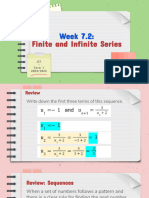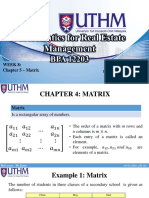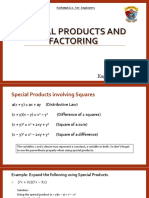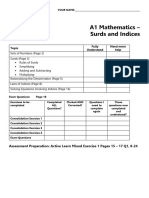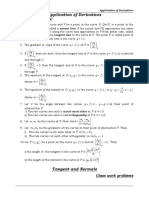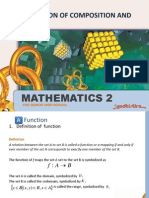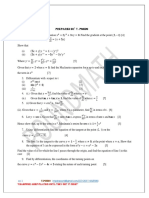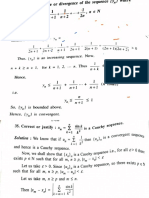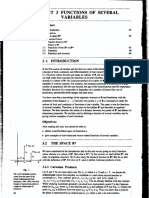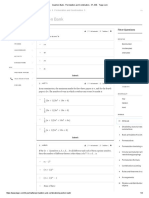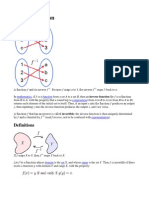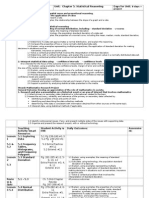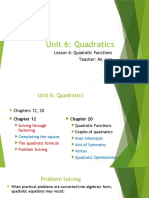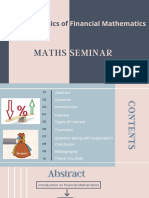0% found this document useful (0 votes)
281 views11 pagesDifferentiation Notes
This document covers the fundamentals of differentiation in calculus, including definitions, notation, and techniques for finding derivatives of various functions. It explains concepts such as differentiable functions, the power rule, chain rule, product rule, quotient rule, and implicit differentiation, providing examples and exercises for practice. The document aims to equip learners with the skills to compute derivatives from first principles and apply differentiation techniques effectively.
Uploaded by
lomosikaomba1515Copyright
© © All Rights Reserved
We take content rights seriously. If you suspect this is your content, claim it here.
Available Formats
Download as PDF, TXT or read online on Scribd
0% found this document useful (0 votes)
281 views11 pagesDifferentiation Notes
This document covers the fundamentals of differentiation in calculus, including definitions, notation, and techniques for finding derivatives of various functions. It explains concepts such as differentiable functions, the power rule, chain rule, product rule, quotient rule, and implicit differentiation, providing examples and exercises for practice. The document aims to equip learners with the skills to compute derivatives from first principles and apply differentiation techniques effectively.
Uploaded by
lomosikaomba1515Copyright
© © All Rights Reserved
We take content rights seriously. If you suspect this is your content, claim it here.
Available Formats
Download as PDF, TXT or read online on Scribd
/ 11



